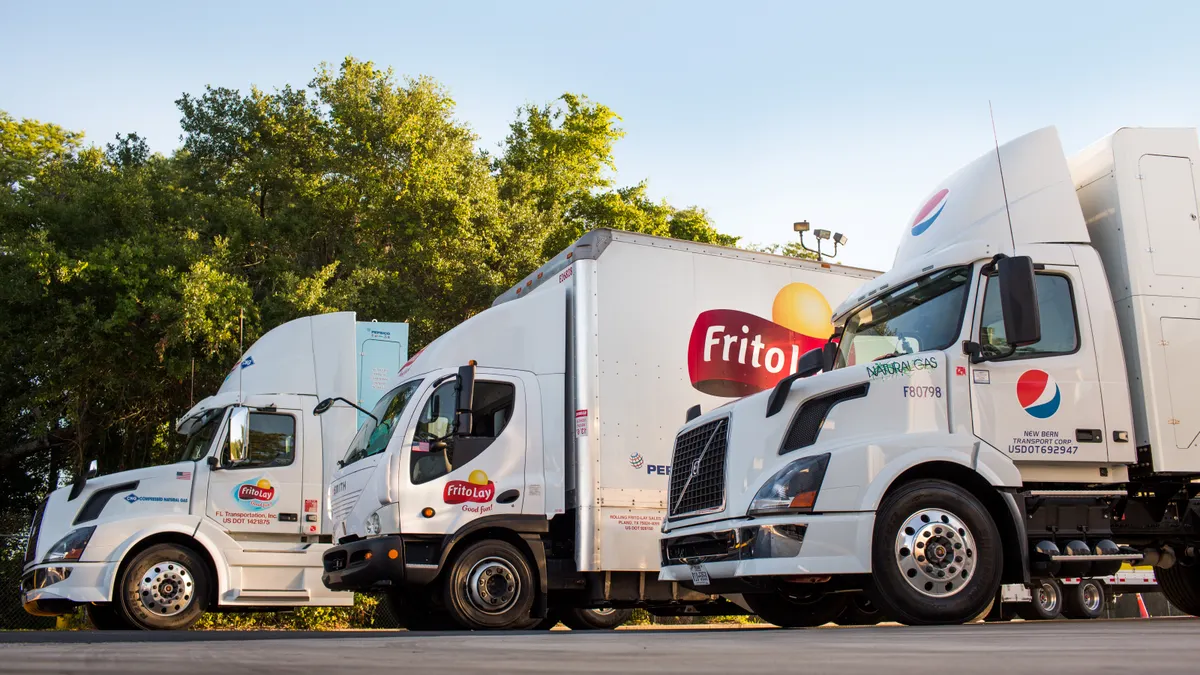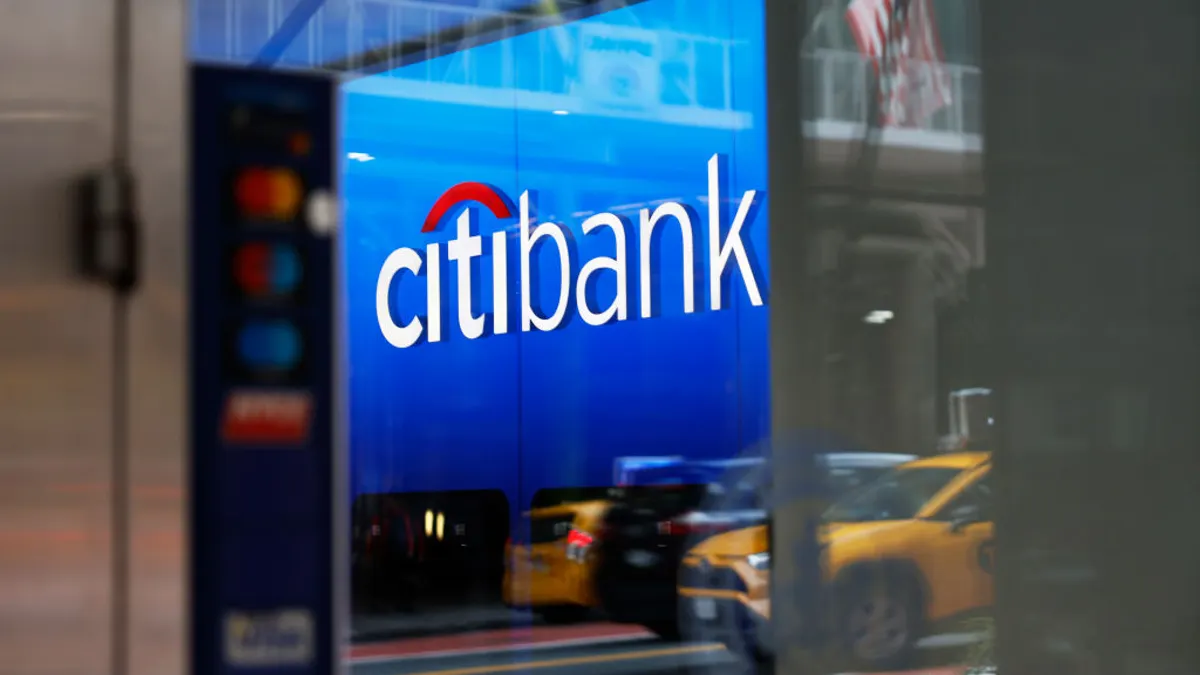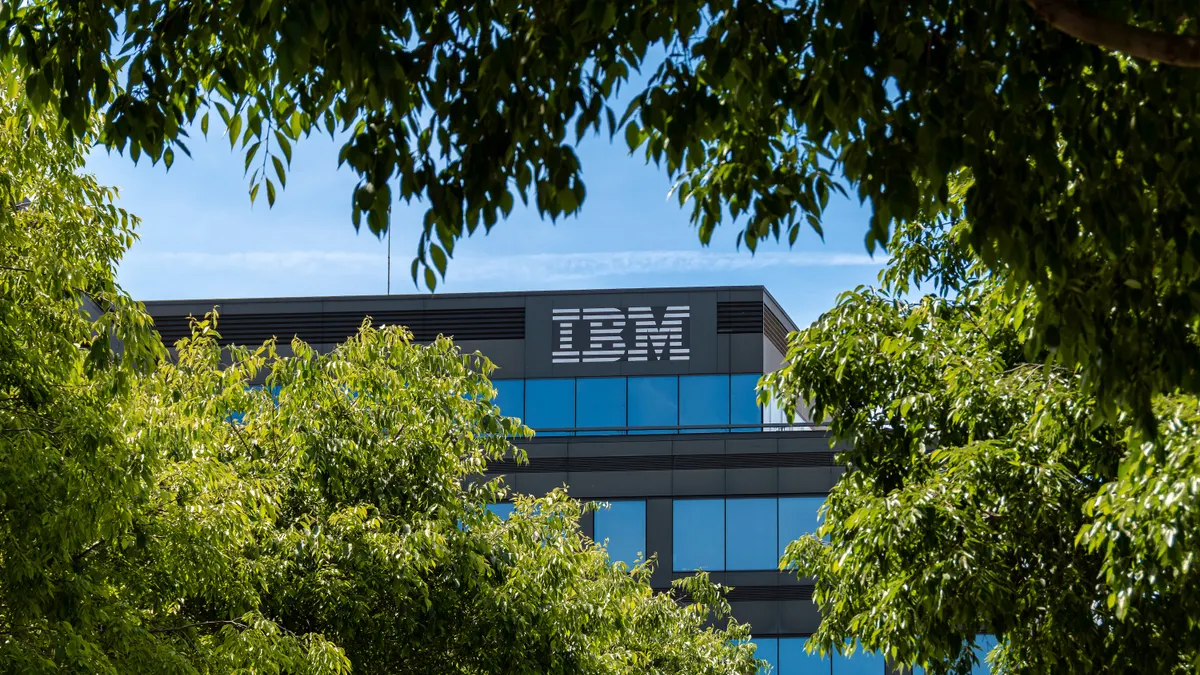Most enterprises struggle to decide which AI use cases to pursue and feel stuck in pilot phases. The right strategy can help technology leaders light the way.
PepsiCo is beginning to hit its stride regarding project prioritization as pressure mounts to show results, according to Athina Kanioura, the company’s EVP and chief strategy and transformation officer.
“There isn’t one rule that fits every company," Kanioura told CIO Dive. "But what we’ve done, which has proven successful so far, is give people room to play while having a very focused agenda on what we call enterprisewide generative AI capabilities that are critical for the company’s future.”

Kanioura said this dual approach helps to promote innovation and employee engagement without overextending resources or getting bogged down by a billion pilots.
“We will not stifle innovation, but we also need to move toward getting the big ROI on those investments in the places that matter most,” Kanioura said.
The food and beverage company established an internal sandbox where employees can experiment and test out tools. The platform, called PepGenX, was integrated with Amazon Bedrock to increase flexibility and capability for application development as part of PepsiCo’s multiyear agreement with AWS.
Most businesses cast a wide net when generative AI began gaining traction, holding hackathons and soliciting ideas for implementation. More recently the focus has shifted to sifting through use cases to find what best aligns with broader business goals — and it hasn’t been easy. More than half of IT and business leaders say it's challenging to choose the right use cases based on metrics like costs, business impact and the ability to execute, according to a Snowflake survey.
As companies abandon most of their AI initiatives and pare back pilots, technology leaders face pressure to move projects along faster and transition them into production.
Establishing key priorities has helped PepsiCo stay focused.
“We have four or five big bets, and that has helped direct investments and align teams,” said Kanioura, such as using AI to help rethink innovation and workforce management. The company embedded generative AI into the product lifecycle management process to manage information about formulas, recipes and deadlines for different launches.
“Think of a universe of structured and unstructured data,” Kanioura said. “We have now managed to cut the cycle of that whole thing from lots of months to very few months.”
PepsiCo has also used the technology to connect disparate sources, systems and data so employees have easier access to information, from insurance policy details to how to service a laptop.
“This information became much closer to the employee without us having to redesign everything from scratch,” Kanioura said. “The full launch in North America [came] with great results, and we’re continuing the rollout to the rest of the world.”
Kanioura keeps a close eye on the “big bets” and how they track against assigned KPIs. But the internal sandbox is helping the company reach its broader goals, too.
“It helps people familiarize themselves with the technology,” Kanioura said. “It’s not just a platform to play, you get to understand the value and then you become an ambassador.”
Moving forward with agents
As enterprises enter the second half of the year, many are eyeing the efficiency gains touted by agentic AI providers. PepsiCo is part of the party, directing resources into AI agents after yearslong investments in digital transformation and subsequent progress on cloud and data goals.
“People underestimate the importance of investing in the foundation, especially the data foundation, as a prerequisite,” Kanioura said.
Some companies are finding that out the hard way.
Fewer than 2 in 5 executives have deployed generative AI tools at scale, and just 13% believe the technology has brought significant value, pointing to lagging data readiness as a key culprit, according to an Accenture report published in March. Data woes can erode trust, delay projects and increase costs.
PepsiCo’s digital transformation journey has relied heavily on a cloud-first approach. Company executives have said the efforts put the data strategy in a better position.
“If we hadn’t done all those changes and the moves, it would now be impossible for us to do agentic,” Kanioura said.
While still in the early stages, PepsiCo is exploring how agents can improve the employee and customer experiences. Partnerships are playing a big role in the process.
“Our internal engineering team cannot build everything, and it doesn’t make sense to,” Kanioura said. “I believe in the right balance between buy and build. You buy what’s a commodity, and you build what is a truly niche competitive advantage.”
The company has a stringent vendor-vetting process, often courting multiple potential providers before deciding. PepsiCo takes into account a vendor’s roadmap, understanding of industry context, capabilities and more.
“I need to see skin in the game,” Kanioura said.
The ability to work with vendors who will allow Pepsi to customize solutions is another big pull for the company.
“Nothing is 100% customized for Pepsi,” Kanioura said. “I don’t believe in extreme outsourcing, and the company always needs to be responsible for its own fate. Having a strong technology backbone of internal software engineers, enterprise architects, data engineers, AI and ML engineers, infrastructure and ops pros is super critical for the success of our organization.”






















